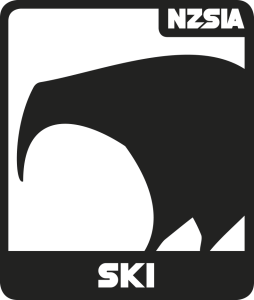Intro to the CAP Model
CAP Model Considerations
One of the most important aspects of effective teaching is understanding the student. Greater understanding leads to more effective communication, the setting of appropriate expectations and goals, and therefore greater success – for both the skier and the instructor. This is especially important when teaching children. Each person, no matter how old, has a unique combination of physical, mental and emotional characteristics. As they pass through different developmental stages these characteristics change, as do the behaviours associated with them. Children pass through many stages of development quite rapidly and as a result there are very different behaviours from age group to age group.
The current approach to the CAP model is to use it as a guide with fluid boundaries rather than having hard and fast rules for each age group. Each child is a unique individual and they will all develop at uniquely different rates and for different durations.
Example
Multi-age-group lessons and family privates are a challenge that can be handled more effectively with an intimate knowledge of the stages of development.
This information gives the instructor a general idea of what to expect but is no substitute for active observations and questioning, attention and listening.
Ultimately it’s about making them comfortable and earning their trust so we can provide them with better experiences in the mountains.
Learning how to not have the child’s emotions permeate our energy bubble will help us greatly when teaching children. Often emotions run high with the younger children and they can become quite overwhelmed. This can affect us and can be hard to overcome.
Below describes the three main domains of development. There is a range of theories in relation to each of these domains, and whilst some of the studies seem contradictory, in general, most are complementary to each other.
The Three Domains of Development
Cognitive (thinking)
Affective (emotion/feeling)
Psychomotor (physical/kinaesthetic)


